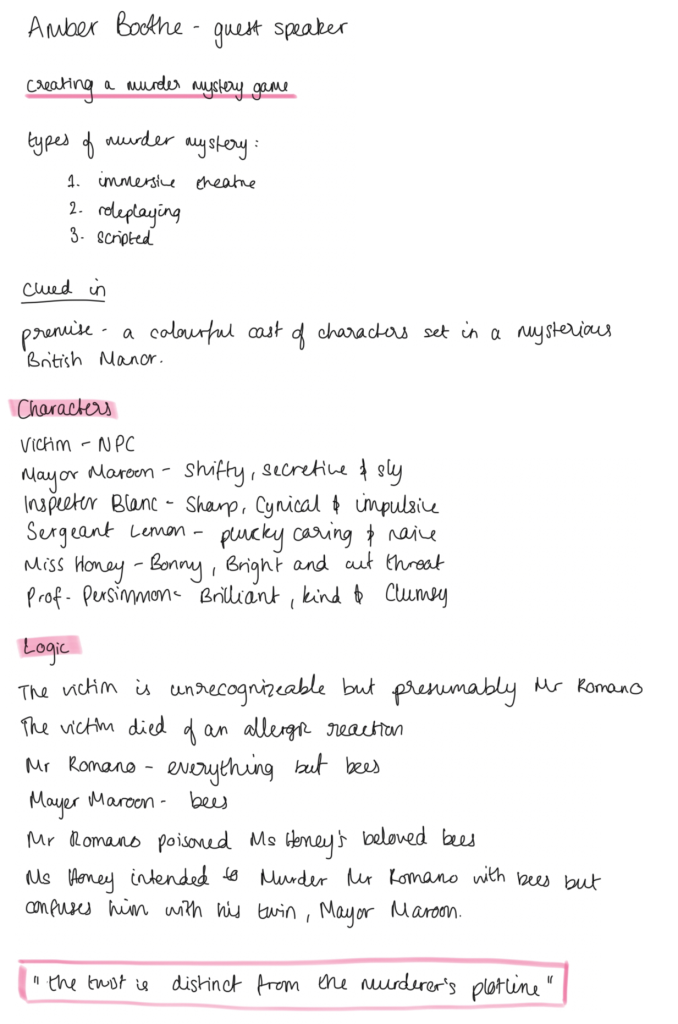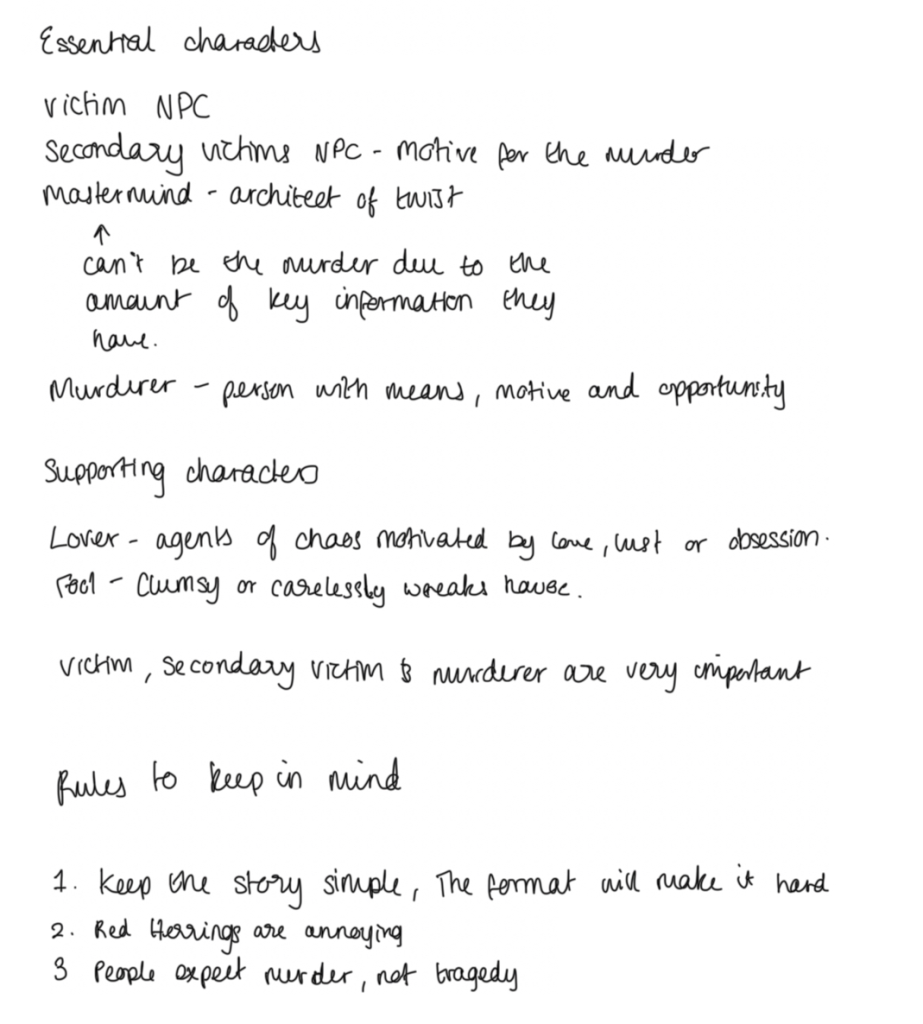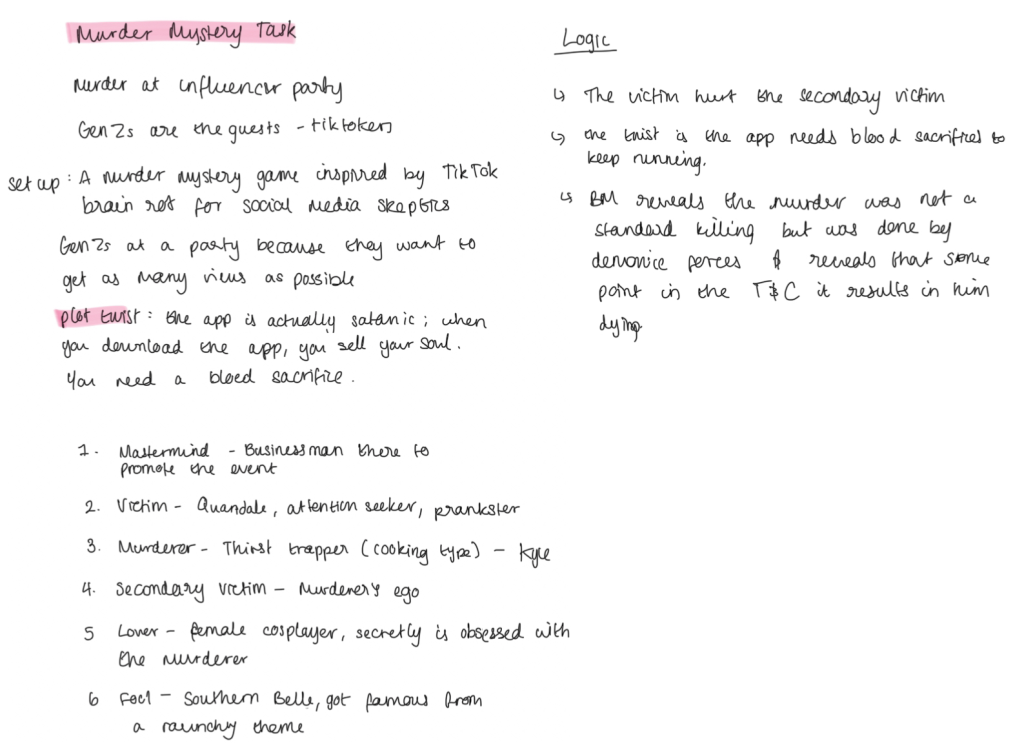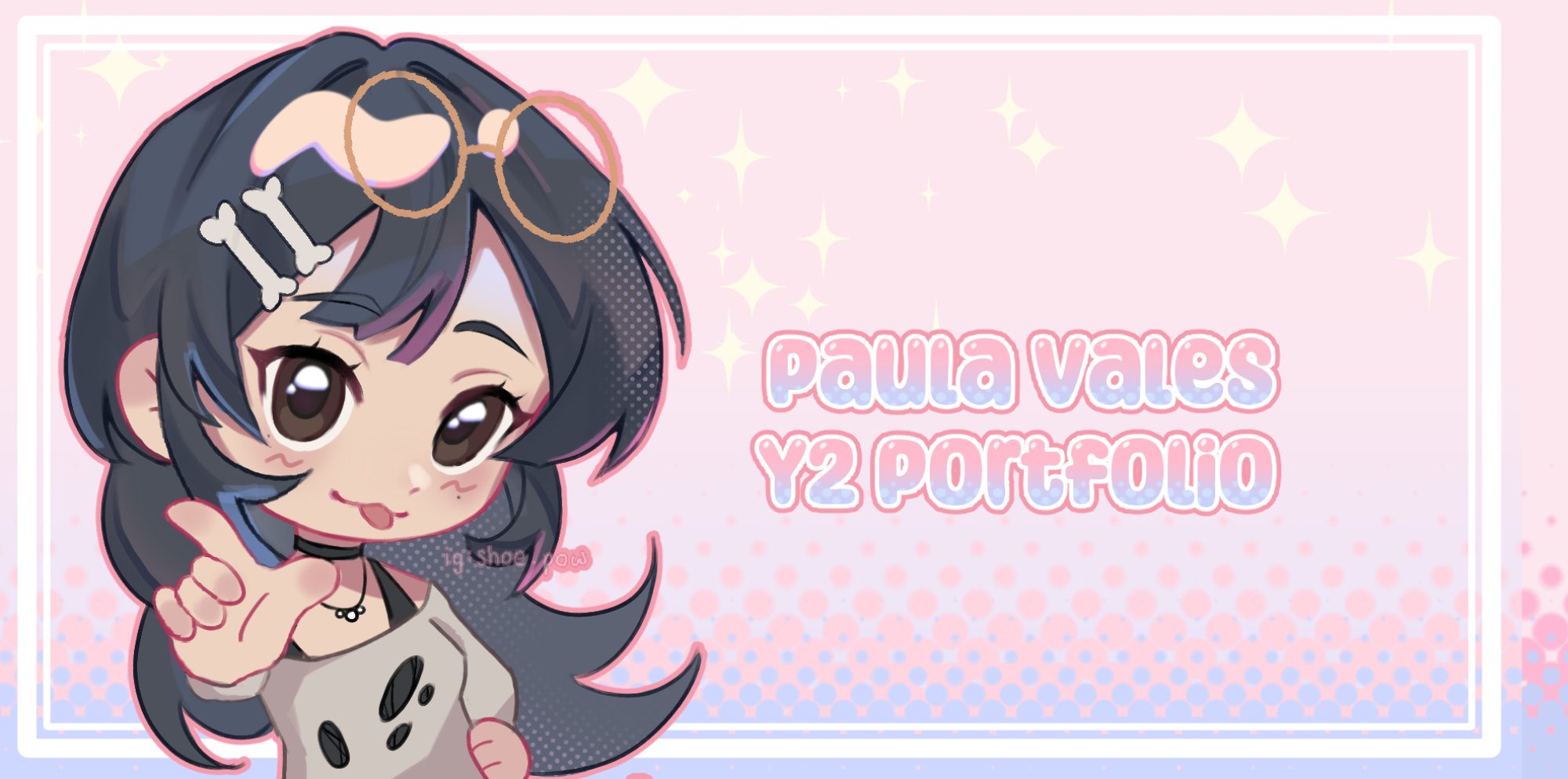Narratives
A narrative doesn’t have to be spoken or written, it can also be told through a series of images. Narrative photography is telling a story with the use of pictures. It is also referred to as story photography, and often takes the form of a photo essay.
Three act story:
Introduction (beginning): This is where the story is set up
Confrontation (middle): This is the biggest part of a story; many events can happen in this act.
Resolution (end): This is the grand finale
IMAGE HERE
Narratives follow a path, when you lay them out and take a closer look, you may notice that they look like a shape, narratives aren’t always linear.


Activity: Deck of stories
In this workshop, our focus was to understand narratives and how powerful this device is if used correctly.
In this activity, we were given miniature booklets with pages of storyline but these pages didn’t make sense if they were placed next to each other. It was our job to unscramble these pages and make a story out of them. Me and my partner were given the story of Adam and Eve; But as we were short on time, we were advised to draw 5 pages of the story and re-order them to make them somewhat make sense.
The pages that I drew, didn’t flow together well. However, if we made a somewhat believable chronological story, it would flow better. These are the results we came up with.

The second activity required us to make a story compromising of 10-12 pages. There are a variety of fairy tales to choose from but me and my partner ended up choosing the story of Goldilocks and the 3 bears. For this activity, to make things easier for us, we needed to write down a beginning and an ending. Everyone knows how Goldilocks begins; She is lost in a forest and is rather peckish, that’s when she finds a cottage in the woods. The story infamously ends with Goldilocks running away in fear from the bears after they find her. Now that we had pinpointed the two main storyline pieces, we needed to write down what comes in the middle. My partner worked from the end towards the start and I worked from the start going towards the end. This way, we got work done more efficiently. We finished relatively quickly, here is what we produced by the end of the workshop.

Amber Boothe – Guest Speaker
In this lesson, we were guided by Amber Boothe and taught to make a mystery game, utilising narrative skills and team work.

Anna Boothe is a freelance writer and a graduate of Curtis Brown Advanced Crime and Thriller’s Course, here she was awarded a full scholarship. She is also one of the mind’s behind the business “Nobody’s Fool Mystery Games”. She is the primary creative writer and designer, putting ideas on paper and receiving feedback.


As the lesson progressed, Amber got us to engage in a task. In groups, we needed to make a murder mystery game with characters and their archetypes and the logic behind certain actions and interactions within the characters. My group came up with a theme revolving around social media and decided to make it campy to add to the irony.


